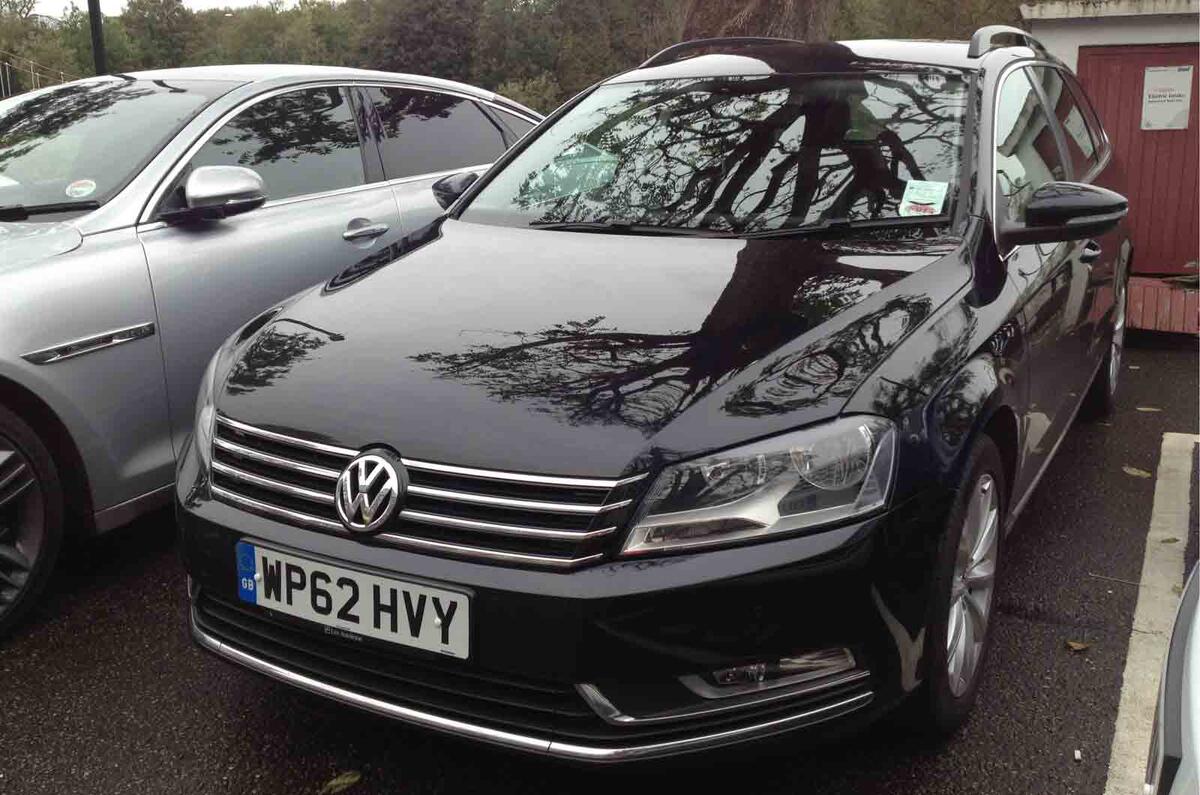China’s fabled pollution comes in various levels. A couple of weeks ago, when I was in Wuhan, we had a day of silver-grey overcast skies that doesn’t seem to affect the human function too much.
However, visiting the Beijing motor show in 2012, we had a day of proper smog: grey-brown skies, eerie flat light and a sense (to me at least) that there wasn’t enough free oxygen around.
Beijing pollution made headline news in the English language newspaper during the trip to Wuhan. The city government is introducing a ‘Heavy Pollution Contingency Plan’ with ‘Blue, Yellow, Orange and Red’ warning levels.
According to media reports, if the city declares a ‘Red’ alert, schools will close, 80 per cent of government cars have to stop travelling and private cars can only enter the city on alternate days. Factories may also be ordered to shut down.
Interestingly, the Chinese media said that more “watering carts and sprinkler trucks” would be deployed. Indeed, I saw one of these for the first time in Wuhan. Its job was to wet the roads in order to keep the atmospheric dust down.
Much of Beijing's particulate pollution comes from building works as well as from coal-fired power stations and factories. Cars, although there are a hell of a lot of them around, are not the biggest issue. However, there is a longer-term pollution fix on the horizon and China looks like it is about to quietly grab it with both hands.
Switching to gas power is high on the agenda in both China and neighbouring Japan. If China could replace its coal-fired power stations in populated areas and factories could switch to local gas generation for power – gas is extremely clean burning in terms of health-damaging pollutants - air pollution levels would be reduced dramatically.
Japan also has a close eye on a ‘dash for gas’ because it needs to fill its power generation hole as it starts to turn off its nuclear power plants permanently.
By handy coincidence, just as America’s shale gas revolution really gets underway, the Panama Canal is being widened, allowing much bigger vessels –such as those carrying gas – to get to East Asia much more quickly.
Clearly, the gas revolution is about to hit Asia and the US (UK-based engine manufacturer Cummins is already working on gas-powered heavy truck engines) and Europe is still faffing around with wind turbines and electric vehicles. Moreover, Europe’s dash for diesel has resulted in vehicles being the biggest part of the problem in terms of urban pollution.







Join the debate
Add your comment
no grip on reality
Yup, Fracking's cheap. In the
Vivekoberoi show